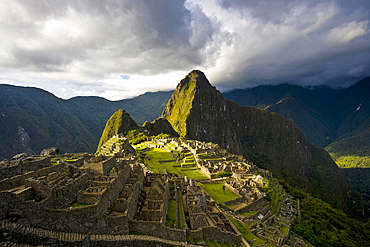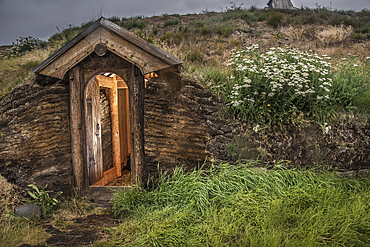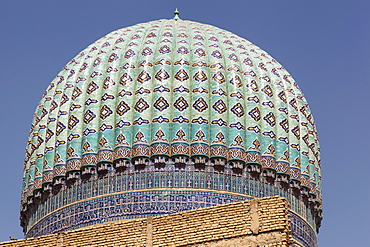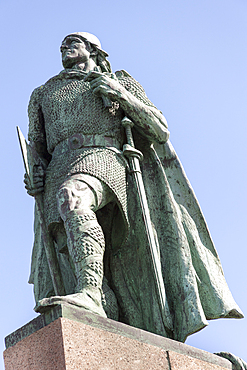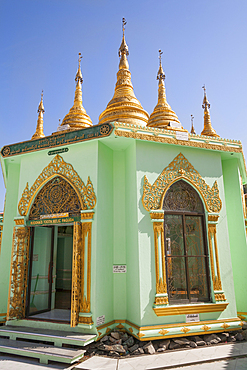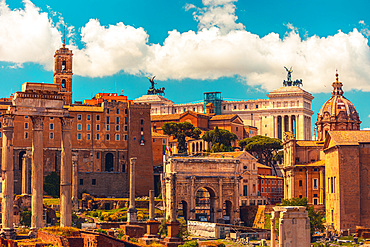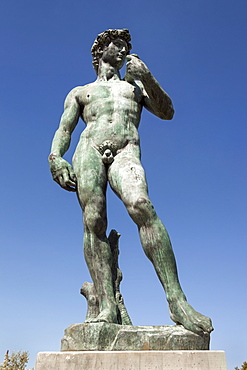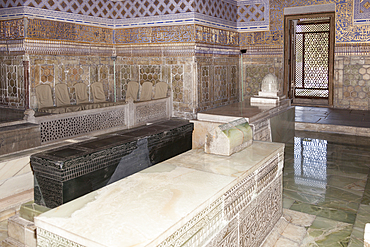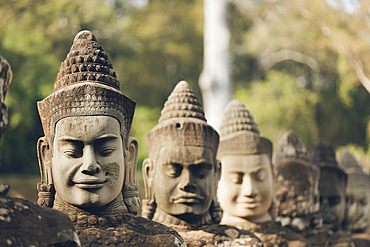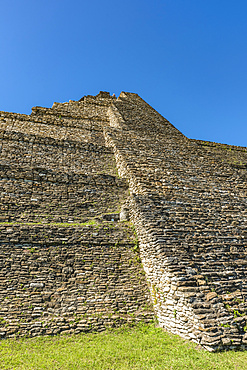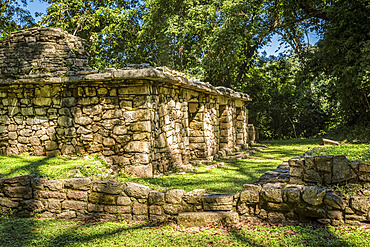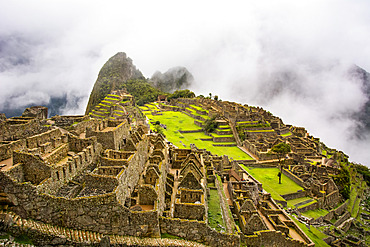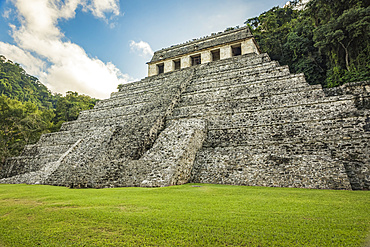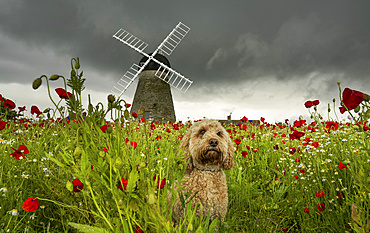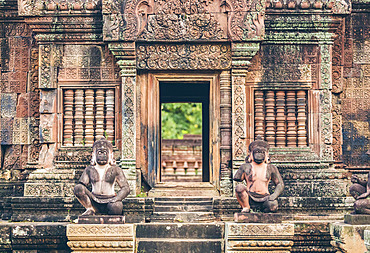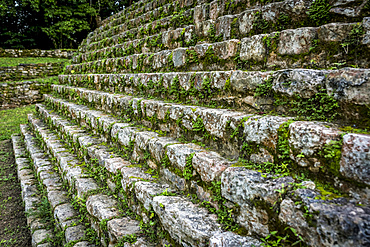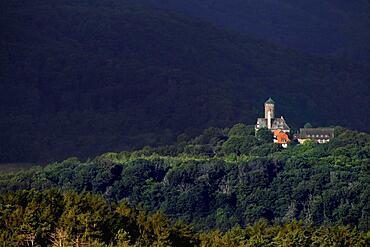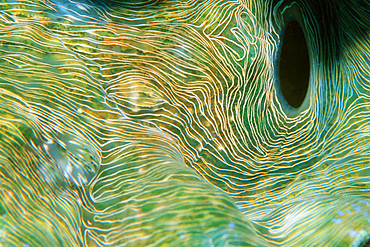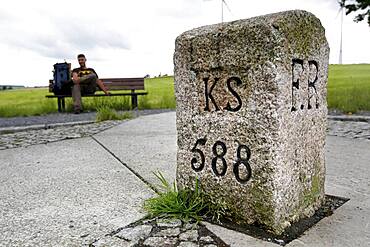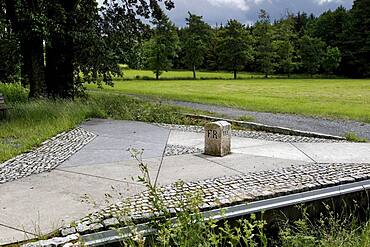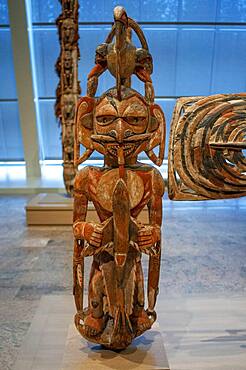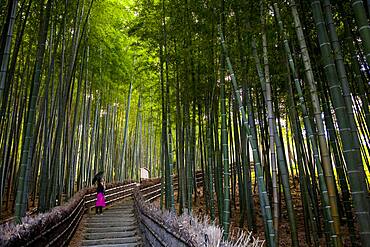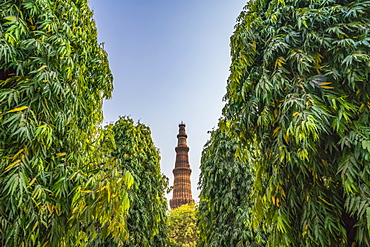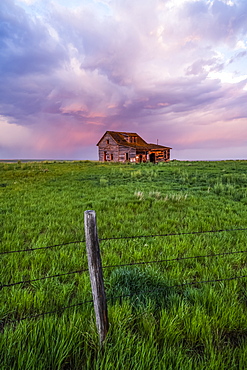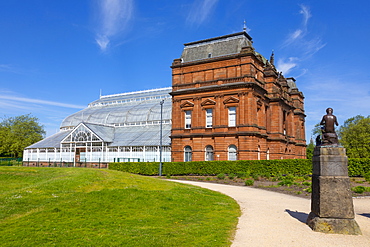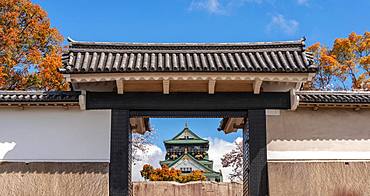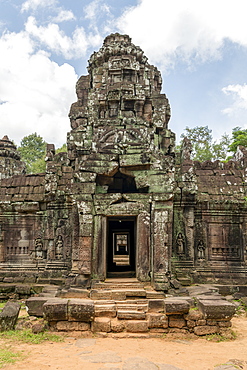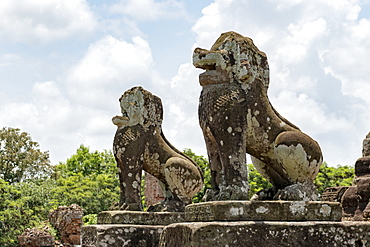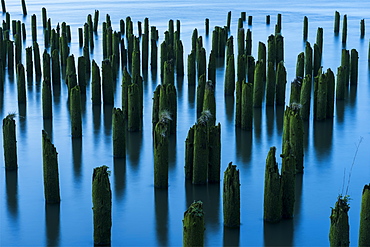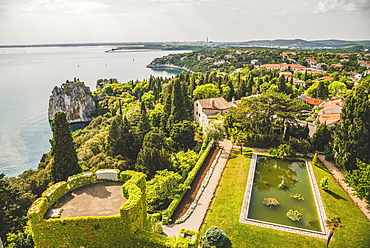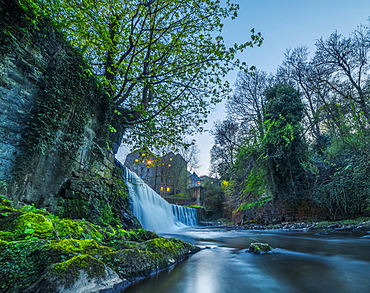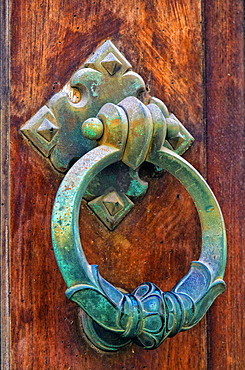Recent searches
Loading...
1184-8891 - Green pool at a Luxury hotel in Hotel el Colony before a storm, Isla de la Juventud (Isle of Youth), Cuba, West Indies, Central America
1116-52952 - Reconstructed stone buildings on Machu Picchu, Peru
1116-52775 - Stone and turf structure with wooden doorway at the recreated longhouse in Greenland's Brattahlid, Eriksfjord area, part of a reconstruction of Erik the Red's settlement, Kujataa World Heritage Site, Qassiarsuk, Southern Greenland, Greenland
1116-52774 - Wooden arches and building of the recreated Tjodhilde Church in Greenland's Brattahlid, Eriksfjord area, part of a reconstruction of Erik the Red's settlement, Kujataa World Heritage Site, Qassiarsuk, Southern Greenland, Greenland
1179-6355 - High angle view of an ancient Berber village on green hills, High Atlas mountains, Morocco, North Africa, Africa
1179-6260 - High angle view of Ait Ben Haddou ksar, UNESCO World Heritage Site, surrounded by green fields, Ouarzazate province, Morocco, North Africa, Africa
1361-154 - Sheep roaming the green meadows in front of Lulworth Castle, Jurassic Coast, Dorset, England, United Kingdom, Europe
832-398825 - Plastic Model of a Dragon in a Singapore Street
1184-7199 - Natural History Museum, Uralsk, Kazakhstan, Central Asia, Asia
698-3546 - Ely Cathedral (Cathedral Church of the Holy and Undivided Trinity) from Palace Green, Ely, Cambridgeshire, England, United Kingdom, Europe
698-3545 - Ely Cathedral (Cathedral Church of the Holy and Undivided Trinity) from Palace Green, Ely, Cambridgeshire, England, United Kingdom, Europe
1350-4700 - A dome of Bibi Khanym Mosque, also known as Bibi Khanum Mosque, Samarkand, Uzbekistan
1350-4720 - Leifur Eriksson statue outside Hallgrimskirkja Church, Reykjavik, Iceland
1350-4943 - Ponte Vecchio and the River Arno, Florence, Tuscany, Italy
1350-4804 - Statue of San Domenico, St Dominic, on obelisk, Piazza San Domenico Maggiore, Naples, Campania, Italy
1350-4920 - Statue of Apollo, La Fontaine Du Soleil, Sun Fountain, Place Massena, Nice, Cote D,??Azur, France
1350-4769 - Tooth Relic Pagoda at Botataung Pagoda, Buddha's First Sacred Hair Relic Pagoda, Yangon, (Rangoon), Myanmar, (Burma)
1350-4820 - Quarry of Paradise, Latomia Del Paradiso, Neapolis Archaeological Park, Syracuse, Sicily, Italy
1350-4980 - Mosaic of Saint Andrew on exterior of Saint Peter and Saint Paul the Apostles Cathedral, Constanta, Romania
746-90147 - Beautiful panorama view on Altar of the Fatherland and Church of Santi Luca and Martina, Roman Forums and green gardens
1350-4874 - Mythological demon statue at Shwedagon Pagoda, Yangon, (Rangoon), Myanmar, (Burma)
1350-4964 - Replica of Michelangelo, a statue of David, Nice, Cote D'Azur, France
1350-4718 - Timur,??s jade tomb, Gur Emir Mausoleum, (Gur Amir, Guri Amir, Gur-E Amir, and Gur-I Amir), Samarkand, Uzbekistan
1350-4916 - Colourful dome of Chiesa Di San Paolo, Saint Paul,??s Church, Olbia, Sardinia, Italy
1116-52025 - Redwoods in snow in Mariposa Grove, Yosemite National Park; California, United States of America
1116-51593 - Imperial City; Hue, Thua Thien-Hue Province, Vietnam
1116-51388 - Head sculptures at South gate to Bayon temple, Angkor Wat complex; Siem Reap, Cambodia
1116-50879 - Tonina, pre-Columbian archaeological site and ruined city of the Maya civilization; Chiapas, Mexico
1116-51226 - Old Irish castle ruins in a green field with the setting sun coming through the window hole; Clonlarra, County Clare, Ireland
1116-50714 - Historic log building of St. Mark’s Episcopal Church, Interior Alaska in summertime; Nenana, Alaska, United States of America
1116-50709 - Wiseman entrance signage with hand written message and map, Arctic Alaska; Wiseman, Alaska, United States of America
1116-50994 - White lighthouse on top of hilly green fields framed by rocky outcrops and blue sky; Cornwall County, England
1116-50941 - Old chapel of Gougane Barra situated by a lake and framed by green trees at sunrise; Gougane Barra, County Cork, Ireland
1116-50870 - Yaxchilan, an ancient Maya city; Usumacinta Province, Chiapas, Mexico
1116-51251 - Temple of the Golden Pavilion, Kinkaku-ji; Kyoto, Kansai, Japan
1116-51594 - Imperial City; Hue, Thua Thien-Hue Province, Vietnam
1116-51128 - The sacred city of Machu Picchu sunlit and enveloped in low clouds; Cusco, Peru
1116-50887 - Temple of the Sun ruins of the Maya city of Palenque; Chiapas, Mexico
1116-50872 - Temple of the Count ruins of the Maya city of Palenque; Chiapas, Mexico
1116-50949 - Castlebawn Tower house on the banks of Lough Derg surrounded in fog on an autumn morning; Clare, Ireland
1116-52003 - Exterior of an old, stone building with a staircase and three entrances to separate apartments with terracotta flower pots on the terrace as well as suspended on the stone walls; Volterra, Province of Pisa, Tuscany, Italy
1116-50950 - Castlebawn Tower house on the banks of Lough Derg surrounded in fog on an autumn morning; Clare, Ireland
1116-51582 - Imperial City of Hue; Hue, Thua Thien-Hue, Vietnam
1116-51339 - Amazing clouds over the landscape of the American mid-west as supercell thunderstorms develop; Nebraska, United States of America
1116-51564 - A cute Cockapoo dog sits in a poppy field in the foreground with the Whitburn Windmill in the background; Whitburn, Tyne and Wear, England
1116-50885 - Temple of the Sun ruins of the Maya city of Palenque; Chiapas, Mexico
1116-51592 - Imperial City; Hue, Thua Thien-Hue Province, Vietnam
1116-51376 - Banteay Srei Temple, Angkor Wat complex; Siem Reap, Cambodia
1116-51380 - Banteay Srei Temple, Angkor Wat complex; Siem Reap, Cambodia
1116-50864 - Green foliage growing on the stone steps in the ancient Maya city of Bonampak; Usumacinta Province, Chiapas, Mexico
1116-51578 - Pagoda; Hue, Thua Thien-Hue Province, Vietnam
832-393313 - View from Bornhagen to Ludwigstein Castle in the Werra-Meissner district in Hesse, late medieval castle surrounded by forests of the Werra Mountains, Green Belt, border path, inner-German border, Bornhagen, Eichsfeld district, Thuringia, Germany, Europe
1350-2576 - Giant clam, mantle detail, Tridacna gigas, Rongelap, Marshall Islands (N. Pacific).
1350-2556 - Ascidian, Didemnum molle, oscule detail, Dauin, Negros, Philippines.
832-392754 - Three Free States Stone, border stone, hiker with backpack sitting on bench, Green Belt, Kolonnenweg, border path, inner German border, hiking trail, Bavaria, Saxony, Thuringia, Germany, Europe
832-392753 - Three-Free-States-Stone, border stone, Green Belt, Kolonnenweg, border path, inner-German border installation, hiking trail, Bavaria, Saxony, Thuringia, Germany, Europe
1350-2073 - New Ireland Malagan funerary statue in at the Metropolitan Museum of Art museum, New York, USA. New Ireland is part of the Bismarck Archipelago, situated north of New Guinea, and has an estimated population of 100,000. The Dutch first encountered the island in 1616, and today New Ireland is a province of Papua New Guinea. Nineteen different languages are spoken on the island, and it is divided by a chain of mountains into three distinct regions: northern, central, and southeastern. The art of New Ireland traditionally centered on mortuary ceremonies and feasts to honor the dead. In northern New Ireland, the name given to these elaborate ceremonies is malagan, which is also the term used for the carved and painted sculptures associated with the ceremonies.
1350-1726 - Norman Keep, Cardiff Castle, Cardiff, Wales
1350-1062 - Bamboo forest, in Adashino Nembutsu ji temple , Arashiyama, Kyoto
1116-49226 - The historic sight called Qutub Minar, Delhi, India
1116-49999 - Church of Elijah the Prophet; Yaroslavl, Yaroslavl Oblast, Russia
1116-50092 - World War One war memorial at Chollerton Parish; Chollerton, Northumberland, England
1116-50344 - Pumpkin display with old vehicle decorating a yard; Canada
1116-50196 - Abandoned barn on farmland with storm clouds glowing pink; Val Marie, Saskatchewan, Canada
1116-50048 - Arched window with a view from Alhambra; Granada, Andalusia, Spain
1116-50427 - Close-up image showing the head of a standing moai against a blue sky; Easter Island, Chile
1116-50093 - World War One memorial of a soldier with rifle and poppy; Wark, Northumberland, England
1116-50191 - Historic covered bridge over a shallow stream; Saint John, New Brunswick, Canada
1116-50194 - Vintage car sitting in the overgrown grass in a field with old buildings on a farmstead; Saskatchewan, Canada
1116-50012 - Feodorovsky Cathedral; Yaroslavl, Yaroslavl Oblast, Russia
1116-50091 - World War One war memorial at Chollerton Parish; Chollerton, Northumberland, England
846-669 - The Roman Amphitheatre, Pula, Istria, Croatia, Europe
846-681 - Window in old town, Rab Town, Rab Island, Kvarner Gulf, Croatia, Europe
846-477 - Tower of the Chateau, Chateauneuf, Burgundy, France, Europe
1237-355 - People's Palace and Doulton Fountaion, Glasgow Green, Glasgow, Scotland, United Kingdom, Europe
1237-354 - People's Palace and statue, Glasgow Green, Scotland, United Kingdom, Europe
1176-1324 - The Free Church by Edwin Lutyens built in the Arts and Crafts style, Hampstead Garden Suburb, Finchley and Golders Green, London, England, United Kingdom, Europe
832-386151 - Aerial view of Tshwane city hall and Ditsong National Museum of Natural History, Pretoria, South Africa, Africa
832-385918 - Sakura-mon Gate, Osaka Castle, Osaka Castle Park, Chuo-ku, Osaka, Japan, Asia
1237-336 - Ross Fountain and Edinburgh Castle, West Princes Street Gardens, Edinburgh, Lothian, Scotland, United Kingdom, Europe
1263-219 - Passenger boats in front of the North Tower of Plaza de Espana, Parque de Maria Luisa, Seville, Andalusia, Spain, Europe
1116-47799 - Stone entrance portico at Ta Som temple, Angkor Wat, Siem Reap, Siem Reap Province, Cambodia
1116-47819 - Stone lions covered in lichen guard temple, East Mebon, Angkor Wat, Siem Reap, Siem Reap Province, Cambodia
1116-48011 - Pilings in the river mark the location of bygone industry, Astoria, Oregon, United States of America
1116-48982 - Aerial view of Courmayeur city surrounded by mountains, Courmayeur, Aosta Valley, Italy
1116-47839 - Dunluce Castle, a now-ruined medieval castle in Northern Ireland, Bushmills, County Antrim, Ireland
1116-47477 - Landscaped grounds of Duino Castle and a view of the coastline of the Gulf of Trieste, Italy
1116-48577 - Old harbour along the coast, Dunbeath, Scotland
1116-47863 - Figure on the door of St. Catherine Cathedral, Cajamarca, Peru
1116-48635 - Megalithic stone jars at Site 2, Plain of Jars, Xiangkhouang, Laos
1116-47332 - Dramatic skies over the landscape seen during a storm chasing tour in the midwest of the United States, Kansas, United States of America
1116-48881 - Aerial view of Angkor Wat, as seen from a hot air balloon, Siem Reap, Cambodia
1116-48404 - Edinburgh waterfall surrounded by medieval buildings, Edinburgh, Scotland
1116-47801 - Stone doorway and bas-reliefs at Ta Som, Angkor Wat, Siem Reap, Siem Reap Province, Cambodia
1116-47451 - Decorative door knocker, Temple of Juno, Valley of Temples, Syracuse, Sicily, Ortigia, Italy
1184-3743 - Uspenskaya Admiralteyskaya Tserkov church, Voronezh, Voronezh Oblast, Russia, Eurasia
1184-3742 - Admirality Square on the Voronezh River, Voronezh, Voronezh Oblast, Russia, Eurasia
828-1266 - Saxtead Green Windmill, post mill design, Saxtead Green, Suffolk, England, United Kingdom, Europe

